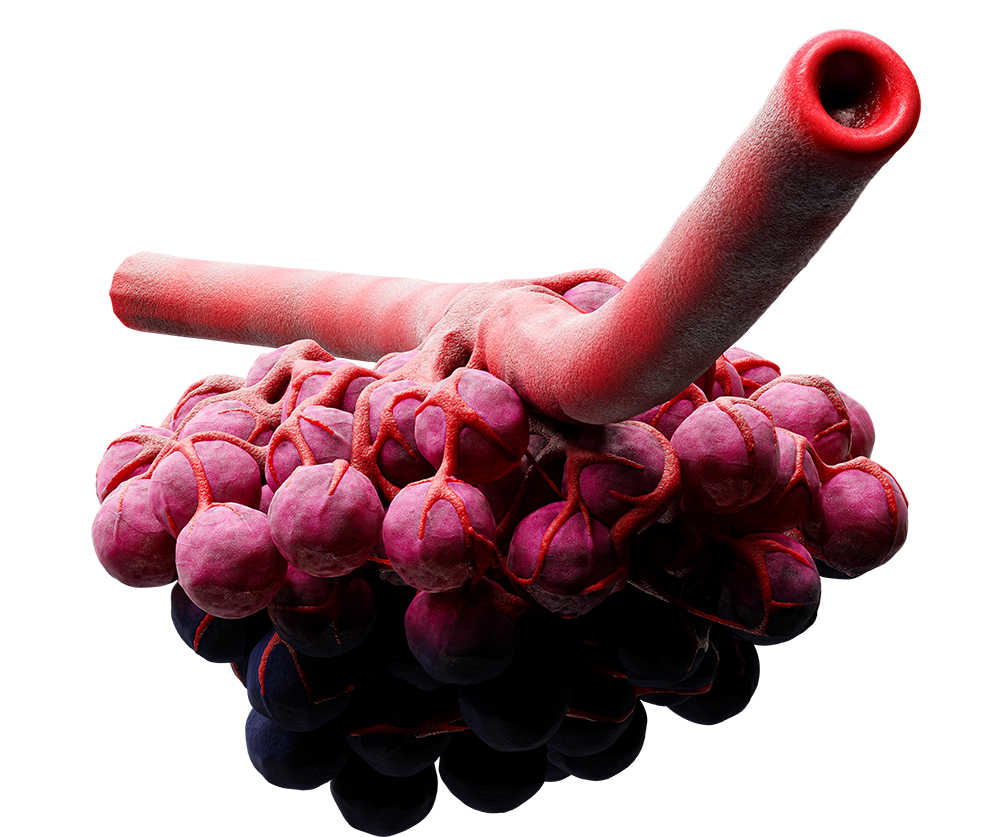Low oxygenation plays a role in embryonic development and may be physiologically normal for some adult tissues which maintain a hypoxic environment (e.g., bone marrow microdomains and thymus). However, oxygen deficiency commonly affects cellular function and disrupts various biological processes, including cell proliferation and differentiation, angiogenesis, metabolism, and pH homeostasis.
Hypoxia Research Product Areas
Physiologic Median O2 Levels in Organs and Tissues

Defining Hypoxia States*
Cellular responses to hypoxia are critically dependent on the duration (acute vs chronic) and extent (hypoxia vs anoxia) of the low-oxygen state, and are predominantly mediated by hypoxia-inducible factors (HIFs), considered to be “master regulators” of adaptations to low-oxygenation. However, both HIF-dependent and -independent mechanisms play roles in shaping cellular responses to hypoxia in physiology and disease.
| Duration | Extent |
|---|---|
| Acute Low tissue oxygen from minutes to hours, due to temporary limitations in blood flow |
Hypoxia ~ 1-2% O2 |
| Chronic Low tissue oxygen from hours to days, due to limitations in the diffusion of oxygen to distant tissues |
Anoxia ~ 0.02% O2 and below |
*Definitions for hypoxia are based on conditions used in cancer model systems.
Protocols & FAQs
- Cell Fractionation and Organelle Isolation
- Cellular Response to Hypoxia Protocols
- Hypoxic and Simulated-Hypoxic Cell Lysate Preparations
- Hypoxia and HIFs - Frequently Asked Questions
- Find more Protocols and Troubleshooting Guides
Literature, Webinars & Blogs
- The Cellular Response to Hypoxia in Cancer White Paper
- A Technical Perspective: Understanding the Cellular Response to Hypoxia through In Vitro Model Systems White Paper
- Tumor Hypoxia and EMT Poster
- A Look Inside a Tumor: Mechanisms of Tumor Evasion and Immunosuppression Poster
- Webinar: Exploiting Tumor Hypoxia for Targeted Immunotherapy
- Blog: Hypoxia-Dependent CAR Stabilizing Construct in T cells Improves Solid Tumor Targeting and Efficacy
Pathways
- Autophagy Signaling Pathway
- NF-κB
- PI 3-K/AKT
- HIF Enhancer Pathways on R&D Systems
- HIF Repressor Pathways on R&D Systems
- HIF Stability and Activity Pathways on R&D Systems
- Find more Signal Transduction Pathways
